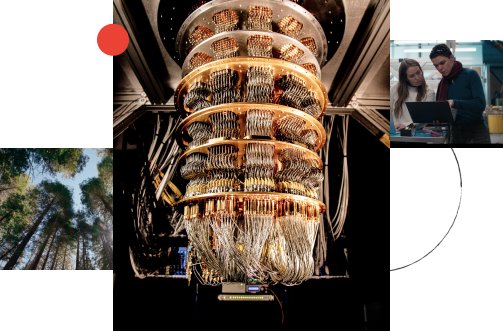Triaging mammography with artificial intelligence: an implementation study
Abstract
Purpose
Many breast centers are unable to provide immediate results at the time of screening mammography which results in delayed patient care. Implementing artificial intelligence (AI) could identify patients who may have breast cancer and accelerate the time to diagnostic imaging and biopsy diagnosis.
Methods
In this prospective randomized, unblinded, controlled implementation study we enrolled 1000 screening participants between March 2021 and May 2022. The experimental group used an AI system to prioritize a subset of cases for same-visit radiologist evaluation, and same-visit diagnostic workup if necessary. The control group followed the standard of care. The primary operational endpoints were time to additional imaging (TA) and time to biopsy diagnosis (TB).
Results
The final cohort included 463 experimental and 392 control participants. The one-sided Mann-Whitney U test was employed for analysis of TA and TB. In the control group, the TA was 25.6 days [95% CI 22.0–29.9] and TB was 55.9 days [95% CI 45.5–69.6]. In comparison, the experimental group's mean TA was reduced by 25% (6.4 fewer days [one-sided 95% CI > 0.3], p<0.001) and mean TB was reduced by 30% (16.8 fewer days; 95% CI > 5.1], p=0.003). The time reduction was more pronounced for AI-prioritized participants in the experimental group. All participants eventually diagnosed with breast cancer were prioritized by the AI.
Conclusions
Implementing AI prioritization can accelerate care timelines for patients requiring additional workup, while maintaining the efficiency of delayed interpretation for most participants. Reducing diagnostic delays could contribute to improved patient adherence, decreased anxiety and addressing disparities in access to timely care.
Many breast centers are unable to provide immediate results at the time of screening mammography which results in delayed patient care. Implementing artificial intelligence (AI) could identify patients who may have breast cancer and accelerate the time to diagnostic imaging and biopsy diagnosis.
Methods
In this prospective randomized, unblinded, controlled implementation study we enrolled 1000 screening participants between March 2021 and May 2022. The experimental group used an AI system to prioritize a subset of cases for same-visit radiologist evaluation, and same-visit diagnostic workup if necessary. The control group followed the standard of care. The primary operational endpoints were time to additional imaging (TA) and time to biopsy diagnosis (TB).
Results
The final cohort included 463 experimental and 392 control participants. The one-sided Mann-Whitney U test was employed for analysis of TA and TB. In the control group, the TA was 25.6 days [95% CI 22.0–29.9] and TB was 55.9 days [95% CI 45.5–69.6]. In comparison, the experimental group's mean TA was reduced by 25% (6.4 fewer days [one-sided 95% CI > 0.3], p<0.001) and mean TB was reduced by 30% (16.8 fewer days; 95% CI > 5.1], p=0.003). The time reduction was more pronounced for AI-prioritized participants in the experimental group. All participants eventually diagnosed with breast cancer were prioritized by the AI.
Conclusions
Implementing AI prioritization can accelerate care timelines for patients requiring additional workup, while maintaining the efficiency of delayed interpretation for most participants. Reducing diagnostic delays could contribute to improved patient adherence, decreased anxiety and addressing disparities in access to timely care.
